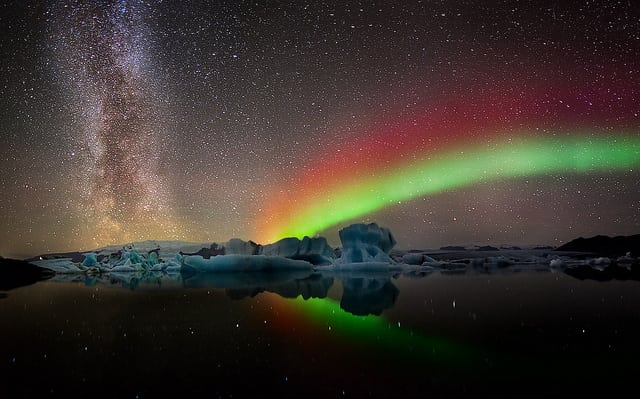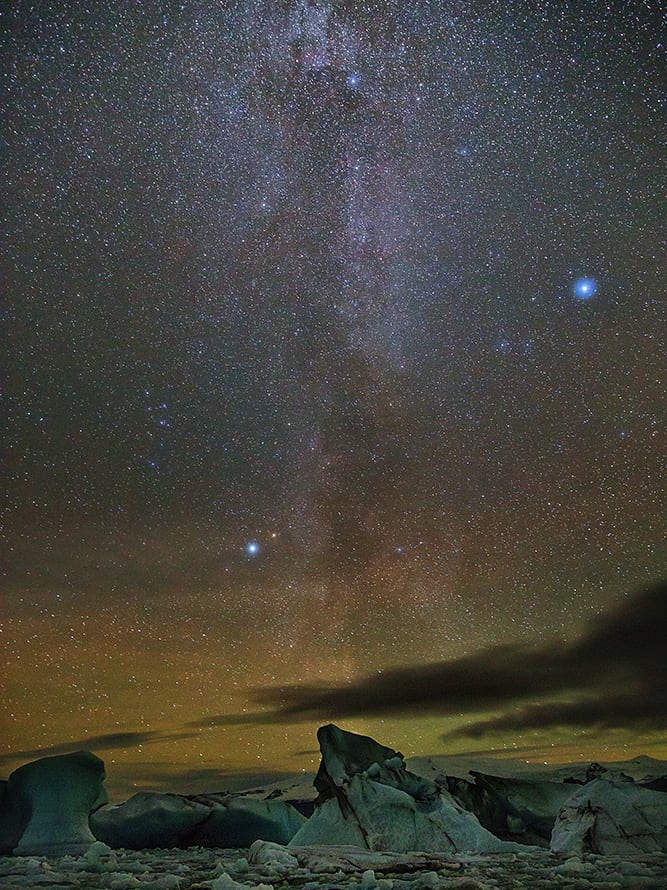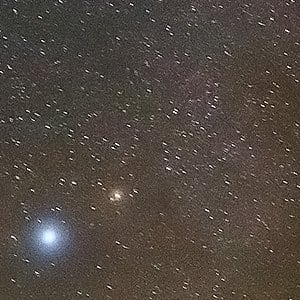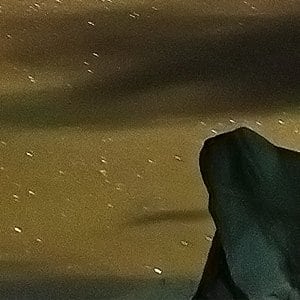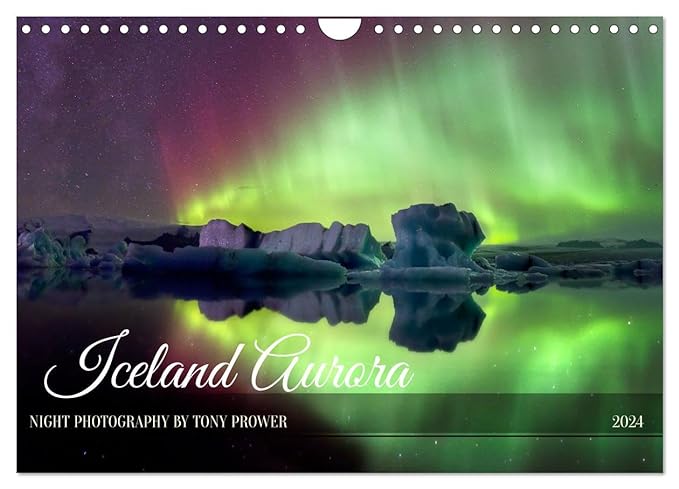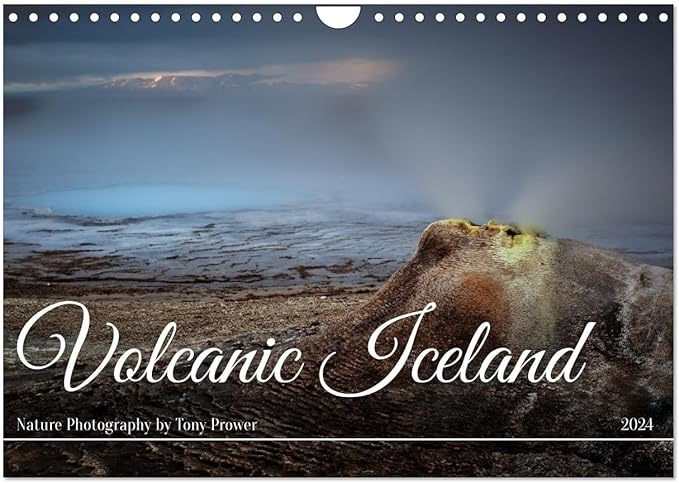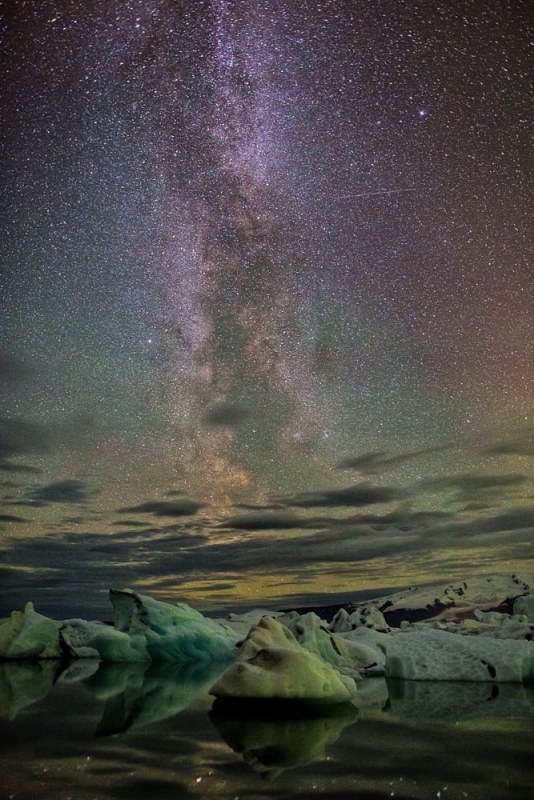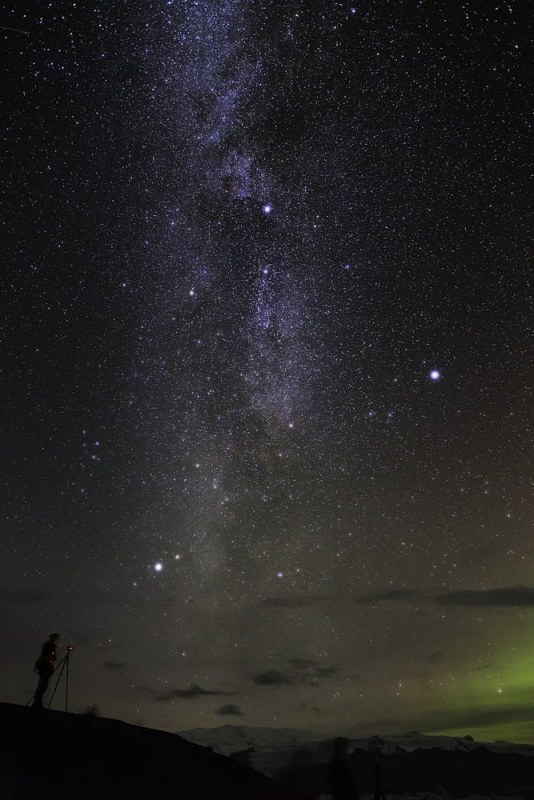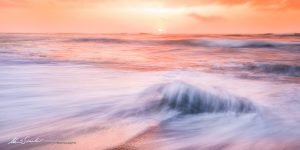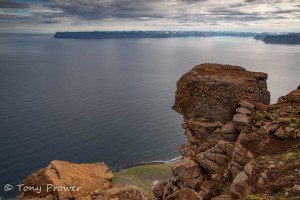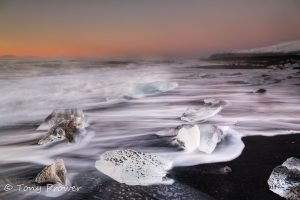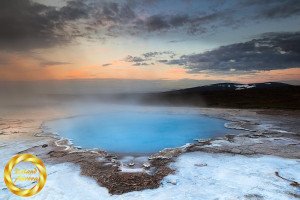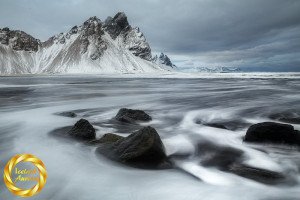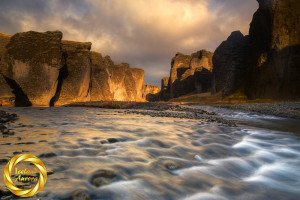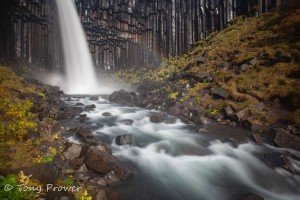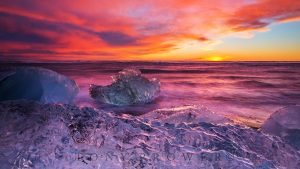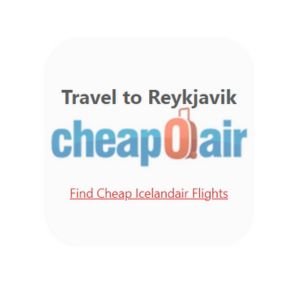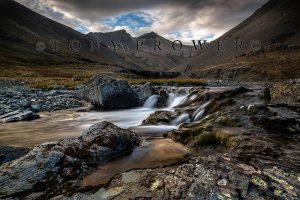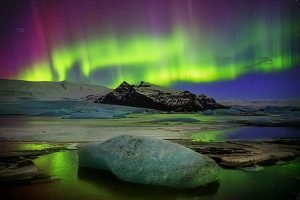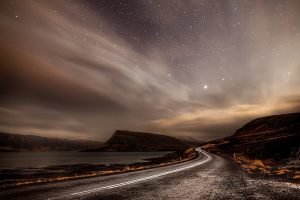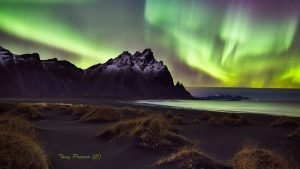Night photography
Milky way images are stunning, but what you see on the front page of 500px is usually the result of careful camera and lens choice, advanced processing techniques, but above all Expert Exposure.
As the Magic Cloth tackles exposure issues in photography, I will explore the ways in which we can apply a Magic Cloth Technique for better Milky Way results.
The Milky Way is prettier in the Southern Hemisphere, during their Winter.
Milky way exposures
The Milky Way is one of the faintest objects know to the naked eye. It stretches right across the night sky and can only be seen in those rare conditions where we have zero light pollution, this includes the moon and can include Auroras. The Milky way is a fairly new thing to become popular in photography. This is because digital sensors have become so sensitive they can see much better than the human eye (at least over a long exposure)and they are much better than any Fuji film for night performance.
Here are my setting for a typical Milky way exposure on a Canon 5D mark 2 and EF 24mm f/1.4
- iso 3200
- f/2.2
- 20 seconds
ISO 3200 is really pushing my comfort limits, the results from the 5D3 are impressive, I wouldn’t feel comfortable pushing past ISO 1600 with any previous generation cameras. f/2.2 is a compromise, f/1.4 would let in more light, but I am not satisfied with the edges of the image at f/1.4 (at least not for stars). 20 seconds is to prevent star trails.
Star trails: the 500 rule (it’s actually 600 but 500 is easier on the brain) divide 500 by your focal length and this tells you the number of seconds before stars noticeably trail.
Star trails
This image is with a f/2.8 aperture for 35 seconds, but the Milky Way was only exposed for 20 seconds, the rest of the time was spent exposing the foreground.
Above are 100% crops from the image at different heights, look at the difference in star trails. This is because the stars just above the chunks of glacial ice have a 35 second exposure, compared to the stars at the top of the image which would have had about 20.
The Magic Cloth is the best technique for balancing Milky Way exposures when you want to use a single exposure – such as competitions or personal preference. Second to this, a blend of exposures for the stars and foreground has the advantage of being able to focus properly on any foreground objects. It was this concern with my image which made me choose f/2.8 – to give me a little more DOF than f/2.2
Reverse Cloth
A typical Milky way image is significantly darker at the top, mostly due to remaining light pollution or Auroras from the Sun. To counter this difference, I use the reverse cloth technique – simply put, this is to expose the whole scene for 20 seconds, then slowly but smoothly cover the lens from the bottom – up. This movement should be around five seconds from bottom to top. Once the lens is covered, raise the cloth mindfully to give extra exposure to the foreground. My recommendations for this extra exposure are a further 20 seconds (with the cloth moving up and down constantly).
Canon 5D mark III
Camera choice
You are going to get what you pay for. If your sensor is not sensitive enough, you will be compromising in other ways such as exposure length and aperture, you need a camera that can produce usable images at least 1600. If you can afford it the Canon 5D3 is my recommended choice. Why? Because it has given me the ability to fine focus on stars with it’s superb live-view facility. See equipment recommendations below.
This image was taken with aperture f/2.2
The exposure was 80 seconds 20-25 seconds for the sky (reverse cloth) and the remaining 50 or so seconds to carefully expose the Glacial Ice.
Without the Magic
Here we have a similar technique but with no extra exposure on the foreground – hardly any Magic Cloth except the initial reversal. Yes, the image is straight, look at that wonky tripod!! He is asking for trouble. “Excuse me, did you know you can adjust each leg separately?
